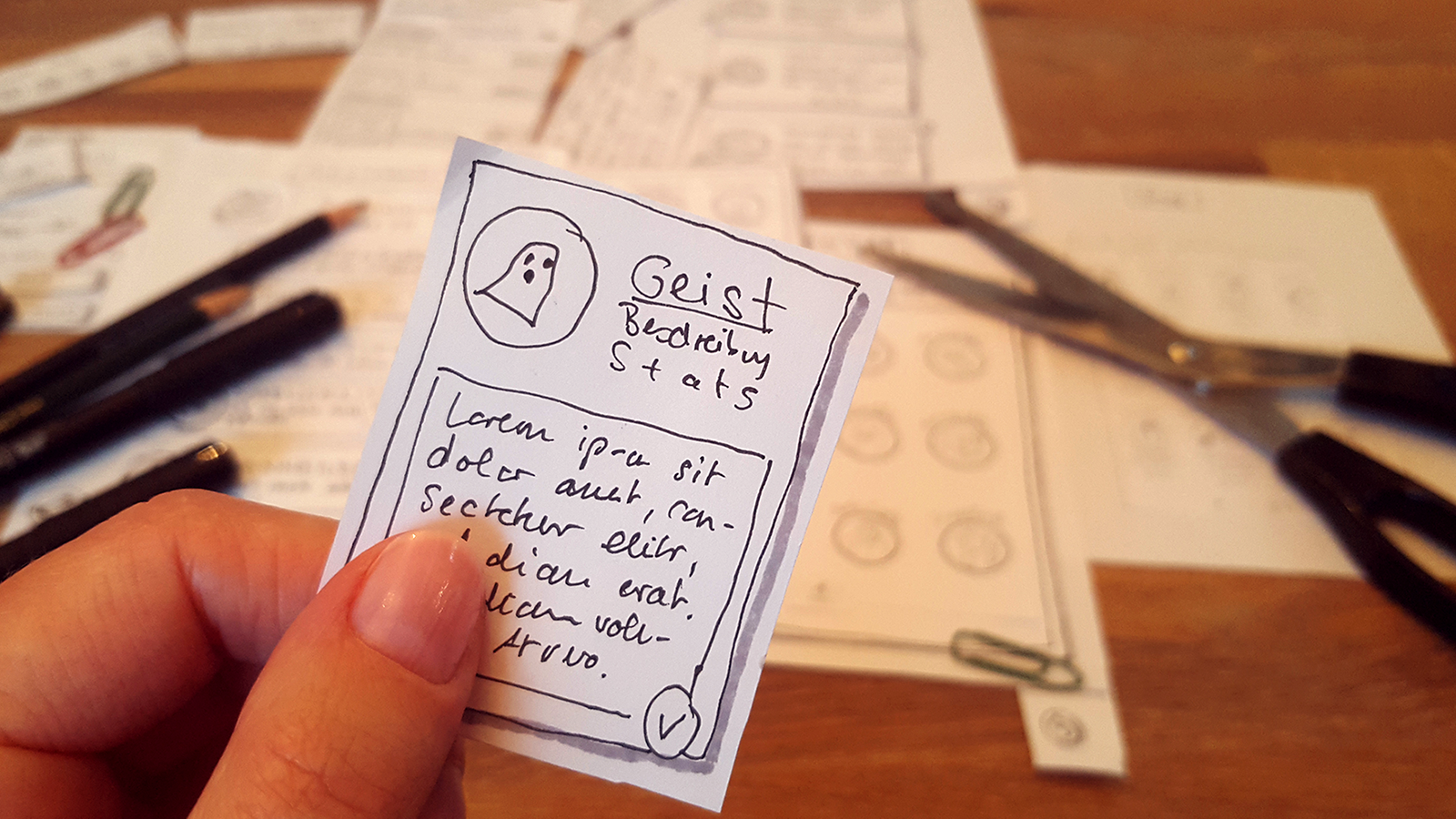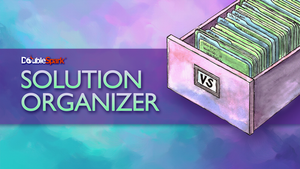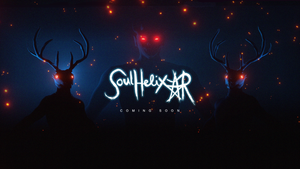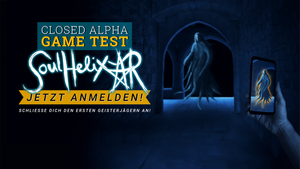
DevDiary | #001 | First Steps to Soul Helix AR: Making a Paper Prototype
A paper prototype is a simple and effective first version of a mobile app, website or other product with a user interface that requires no programming or digital design. We tested the method for a first draft of Soul Helix AR.
Every app developer wants his users to have a good and frustration-free experience with the app (UX = user experience). For this to work, the entire user interface (= UI) has to be as intuitive as possible. A paper prototype makes it possible to receive valuable feedback quickly and effortlessly and ultimately saves precious developer time - all in the spirit of an agile development.
Paper prototype simulating a machine
The "machine" to be tested is simulated on the basis of drawings representing the screens. Generally, at least three persons are required for the test. A moderator, a "computer" (reacting to the actions of the tester) and a protocol writer. Only the tester is allowed to speak - he is asked to think aloud, so the developers can follow his journey through the app and see where he gets stuck.
We made the experience that being a tester is more difficult than you would expect. Dealing intensively with an unfinished app without getting direct feedback from the moderators can be very frustrating for both parties. Nevertheless, important deficiencies are detected in these situations.
Old study, new application
Not many test subjects are required: According to Jakob Nielsen, a well-known specialist in user experience ("Why You Only Need to Test with 5 Users"), five testers already detect 85% of all usability problems, whereas 15 testers find all of them. This topic was already researched in the year 2000 and is nowadays still relevant.
In a further article from 2011, Nielsen suggests at least two design iterations ("Parallel & Iterative Design + Competitive Testing = High Usability"). Immediately after the first test you feel the urge to fix the discovered problems straight away. Thanks to convenient tools as re-stickable glue, the paper prototype can easily be redesigned - even on the fly, if it is something is particularly important - e.g. a missing "back" button.
Back to the keyboard
The DoubleSpark team enjoyed the creation of the paper prototype for Soul Helix AR and considered it a useful diversion from digital everyday life - but now they' re back to keyboard and screen to implement the insights gained.




